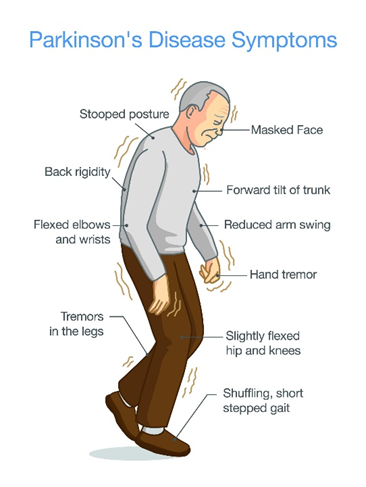A nurse enters a client's room and finds the client on the floor in the clonic phase of a tonic-clonic seizure. Which of the following interventions should the nurse take?
Insert a padded tongue blade into the client's mouth.
Place a pillow under the client's head.
Gently restrain the client's extremities.
Keep the client in a supine position.
The Correct Answer is B
A. Insert a padded tongue blade into the client's mouth.
This intervention is not recommended. Placing any object, including a padded tongue blade, into the mouth of someone experiencing a seizure poses a risk of injury, such as biting the tongue or breaking teeth. It can also obstruct the airway and increase the risk of aspiration. Therefore, inserting anything into the client's mouth during a seizure is contraindicated.
B. Place a pillow under the client's head.
Placing a pillow under the client's head can help prevent head injury by providing cushioning and support. It can also help maintain the client's airway and reduce the risk of aspiration. Therefore, this intervention is appropriate and helps ensure the client's safety during the seizure.
C. Gently restrain the client's extremities.
Restraining the client's extremities is not recommended during a seizure. It can increase the risk of injury, such as fractures or dislocations, and may exacerbate muscle contractions. It's important to allow the client's movements to occur naturally while taking measures to ensure their safety, such as removing nearby objects and providing a safe environment.
D. Keep the client in a supine position.
It is essential to ensure that the client's head is turned to the side (recovery position) to prevent aspiration and allow for drainage of oral secretions. Additionally, the nurse should remove any nearby objects that could pose a risk of injury during the seizure.
Nursing Test Bank
Naxlex Comprehensive Predictor Exams
Related Questions
Correct Answer is ["A","B","C","D","E","F"]
Explanation
A. Muscle tremors:
Muscle tremors, particularly resting tremors, are a hallmark feature of Parkinson's disease. These tremors typically occur in the hands, fingers, arms, legs, jaw, or head and may worsen with stress or inactivity.
B. Slow body movement (bradykinesia):
Bradykinesia refers to slowness of movement and is another key symptom of Parkinson's disease. Patients may have difficulty initiating movement, experience a decrease in spontaneous movement (hypokinesia), and demonstrate reduced range of motion.
C. Rigidity:
Rigidity, or stiffness of the muscles, is a common symptom of Parkinson's disease. It often affects the limbs and trunk and can contribute to difficulty with movement and posture.
D. Pill rolling:
Pill rolling refers to a specific type of tremor characterized by rhythmic, rolling movements of the thumb and fingers, resembling the action of rolling a pill between the fingers and thumb. This tremor is commonly seen in Parkinson's disease.
E. Lack of facial expression:
Parkinson's disease can lead to a reduced range of facial expressions, also known as hypomimia or "masked facies." Patients may have a fixed, expressionless facial appearance and reduced blinking.
F. Drooling:
Drooling, or excessive salivation, can occur in Parkinson's disease due to impaired swallowing function (dysphagia) and reduced control over oral and facial muscles.

Correct Answer is D
Explanation
A. Polyuria:
Polyuria, or increased urine output, is not typically associated with increased intracranial pressure. It may occur due to other factors such as diabetes insipidus or fluid administration.
B. Battle's sign:
Battle's sign refers to bruising behind the ear and is often associated with basilar skull fractures. While it can indicate a head injury, it is not a direct manifestation of increased intracranial pressure.
C. Nuchal rigidity:
Nuchal rigidity, stiffness of the neck muscles, is commonly associated with meningitis rather than increased intracranial pressure. It is a sign of meningeal irritation and inflammation rather than direct pressure within the skull.
D. Lethargy:
This is the correct answer. Lethargy, or excessive drowsiness or fatigue, can be an early manifestation of increased intracranial pressure. As pressure increases within the skull, it can lead to alterations in consciousness ranging from lethargy to coma. Monitoring the client for changes in level of consciousness, including lethargy, is important for early detection of increased intracranial pressure.
Whether you are a student looking to ace your exams or a practicing nurse seeking to enhance your expertise , our nursing education contents will empower you with the confidence and competence to make a difference in the lives of patients and become a respected leader in the healthcare field.
Visit Naxlex, invest in your future and unlock endless possibilities with our unparalleled nursing education contents today
Report Wrong Answer on the Current Question
Do you disagree with the answer? If yes, what is your expected answer? Explain.
Kindly be descriptive with the issue you are facing.
